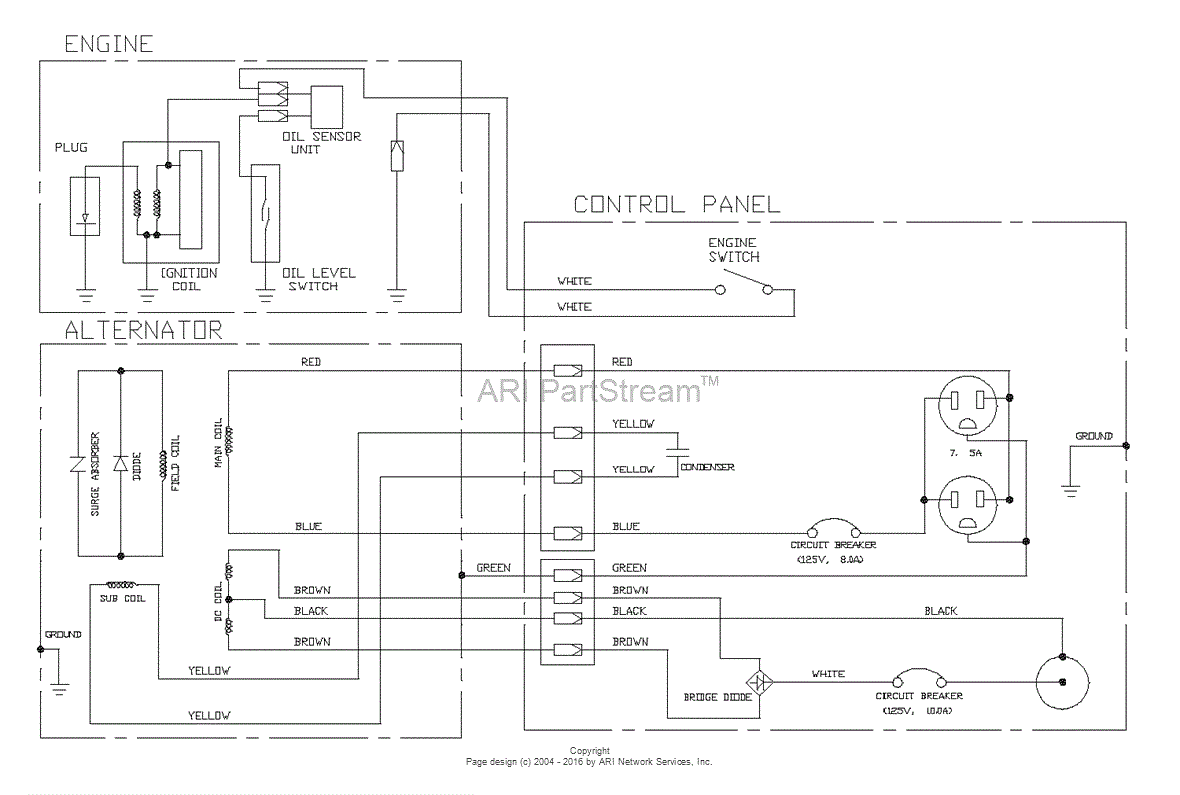
As such, the historical produced water treatment used in facilities designed by Scovan utilize evaporator and drum boiler technology. As stated previously, the introduction of Evaporators was brought in by a team closely related to the current senior staff at Scovan.

Typically two technologies are used for this application, warm lime softening and evaporators. Once the oil is removed, the dissolved solids in the water must now be removed to allow it to be used for boiler feed water. This is a more refined process that produces relatively clean water. These gas bubbles attach to the oil particles in the water and float to the top, where they are skimmed in a similar fashion to the skim oil tank. Essentially, small fuel gas bubbles are dispersed into the produced water by eductors. In many cases, this is a floating platform connected to piping.Ģ. The water is then sent to an Induced Gas Flotation vessel (IGF) where the oil removal process is refined. Similar to the inlet separators, gravity is used to separate oil and water, where the top layer of oil is skimmed off using appropriately named "oil skimmers". In essence:ġ. A large tank is utilized to remove the bulk of the oil remaining in the produced water. Many different technologies can be used in this case, but a common set-up is shown on the flow diagram. In the De-oiling section the reverse is true, priority goes to removing all oil to produce a high enough water quality to recycle. In other words, the focus of that section of the CPF is to extract sales oil for truck out. When looking at the Inlet Separation section, the process priority would be to get the sales oil at the expense of water quality.


 0 kommentar(er)
0 kommentar(er)
